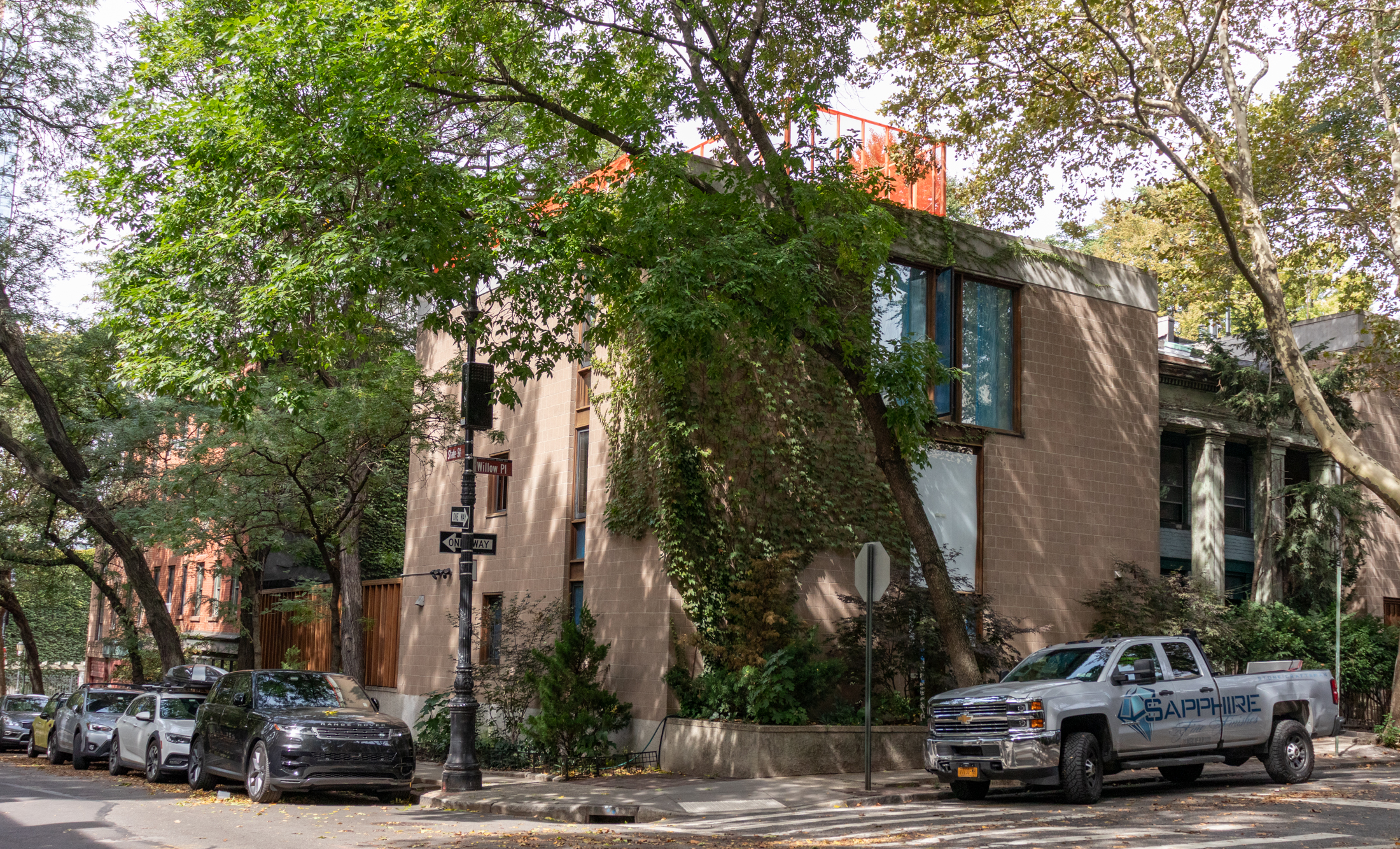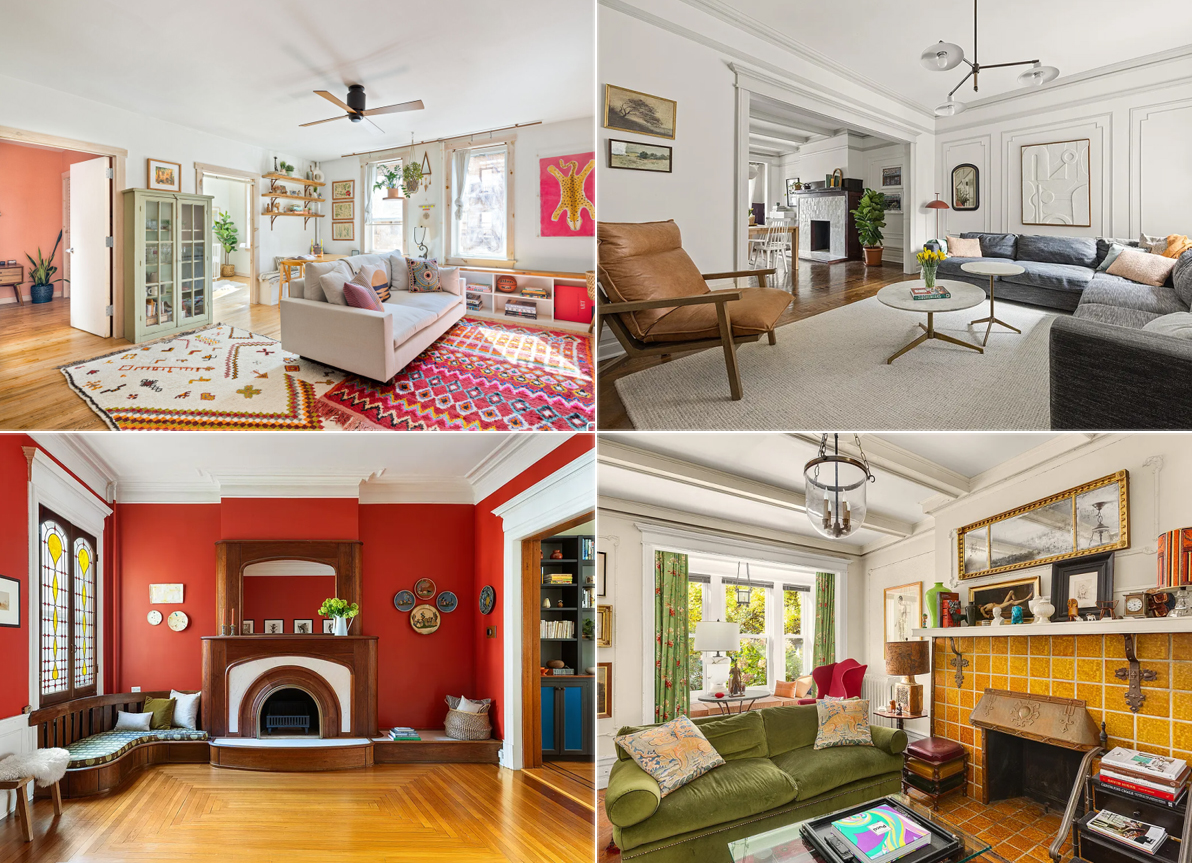Supply and Demand Falling in Lockstep
As the market has cooled, fewer transactions have occurred at the same time that the number of listings has been falling, according to this graph prepared by Miller Samuel. Presumably the former is influencing the latter, but it’s impossible to attribute causality for sure. For a larger view of the chart, click here.


As the market has cooled, fewer transactions have occurred at the same time that the number of listings has been falling, according to this graph prepared by Miller Samuel. Presumably the former is influencing the latter, but it’s impossible to attribute causality for sure. For a larger view of the chart, click here.





3 Bedroom Apt at 800 SQF = Shoeboxes
Check this out:
In subprime Brooklyn, cost of renting is equal to cost of owning (when you include all expenses, such as heat, maintenence, insurance, etc.)
In “prime” Brooklyn, cost of owning is twice cost of renting. (Wasder, is this true? In areas such as Fort Greene, it seems they are about equal.)
Consider:
At the same time, it costs about $2000 to rent a 600-square foot one-bedroom apt suitable for a couple in “prime” Brooklyn.
It costs about $1600 to rent an 800-square foot three-bedroom apt suitable for three roommates in subprime Brooklyn.
Math geniuses, what do you make of this?
Check the situation in Q2 2008: Inventory was twice sales. Is that unusual, normal — ?
“If you reject both these possibilities, you must believe that Econ 101 doesn’t apply to NYC for some reason. ”
I believe markets are much more inefficient than Econ 101 claims, that “supply and demand” real estate charts provide and incomplete picture of the market, and that the Brooklyn market is not independent from the Queens, Manhattan, North Jersey, Long Island markets.
The “demand” side of the equation (i.e., NYC residents looking for a place to live) may not be decreasing in numbers but their income levels are dropping. People will be moving to small and cheaper spaces in cheaper neighborhoods.
Brooklyn rents will be coming down. Brooklyn sales prices for condos will be coming down.
I don’t think I can project direction of on prices of multifamily residences, but I’d guess the direction is down.
Good catch on axes, northslope renter. But I think you also need to consider that the sales figure is quarterly…so 4Q08 annualized is 7,200, or less than a year’s supply of inventory. Of course that assumes sales pace doesn’t fall further.
Econ 101 says that demand and supply (which is quite different from inventory, of course) converge at the point where price equals marginal cost of production.
The marginal cost of production of a Brooklyn brownstone is the lowest of: (1) construction cost for a new unit that might appeal to the least committed brownstoner, (2) cost to convert an existing rental to owner-occupancy, or (3) cost to renovate a substandard unit to current expectations.
Moreover, Econ 101 predicts that rental values and home prices will converge (if they differ, developers will assiduously work to convert the cheaper form into the more expensive one.
Rental values are about half current asking prices, at least if the Love Lane house is any indication.
If you believe that current sale prices are stable, you should also expect that rents are likely to double in the near future. If you believe that current rents are likely to drop as unemployment rises and incomes drop, then you should anticipate huge reductions in sales prices.
If you reject both these possibilities, you must believe that Econ 101 doesn’t apply to NYC for some reason.
Not sure how much 3 quarters of supply data is worth, but it looks like sales are below 2003 levels (per the bigger chart, 1Q 03 sales look like 3400, while 4Q 08 looks like 1800).
Note as well that different scales (left axis v. right axis) are used for inventory and sales (inventory = 6000, sales = 1800).
Supply drops, good for us brownstone owners.
I wonder about all the partially-constructed sites in northeastern Clinton Hill/northwestern Bed-Stuy, like the Kodachrome building in Bed-Stuy and others near Home Depot, and the ones on Greene between Classon and Franklin. Will the builders run out of money and they will just stay partially constructed until the market recovers? Maybe it’s the same in Greenpoint and the South Slope?